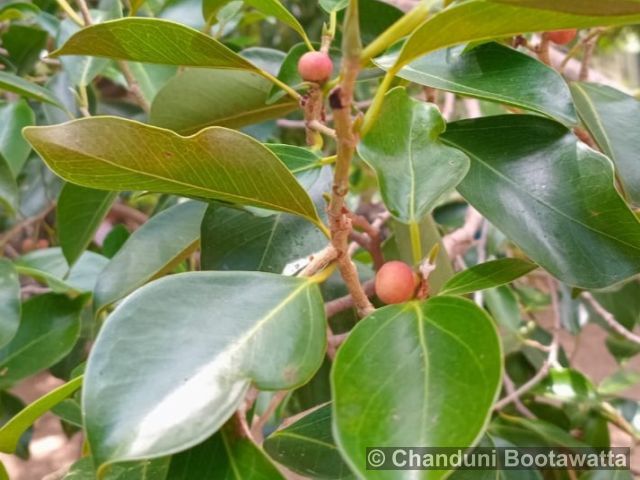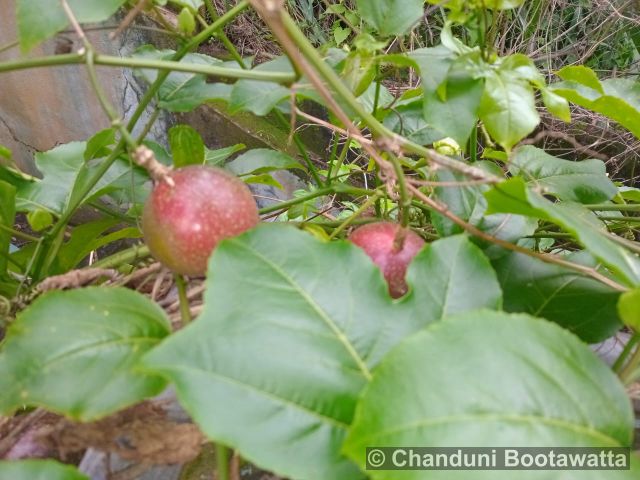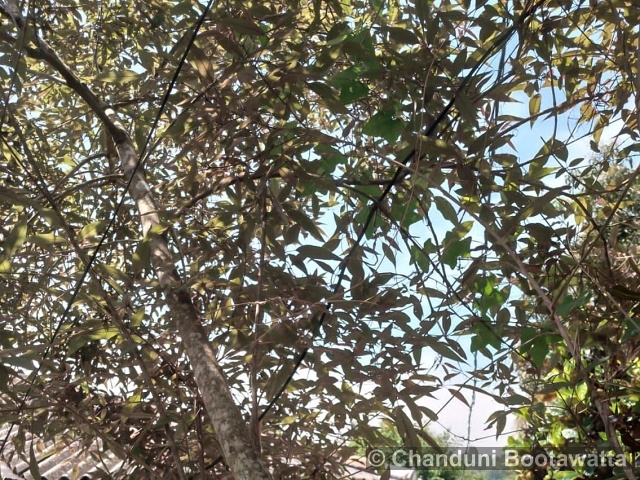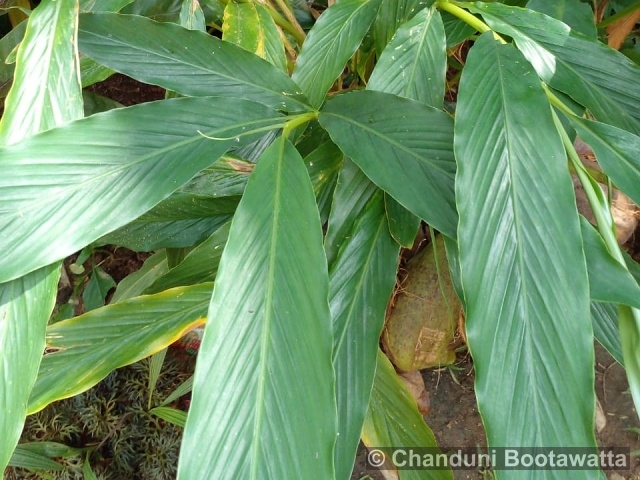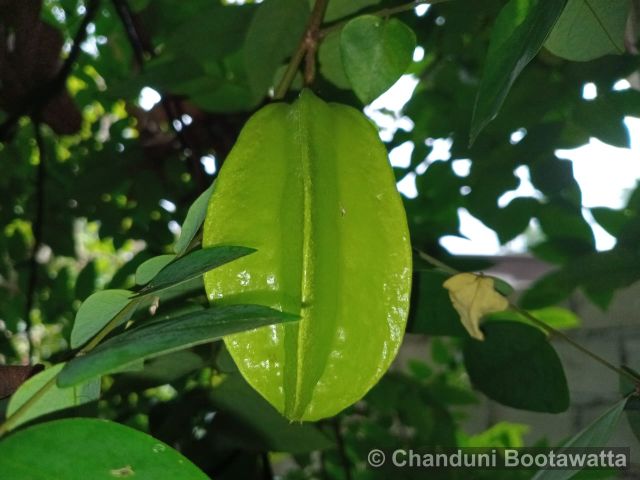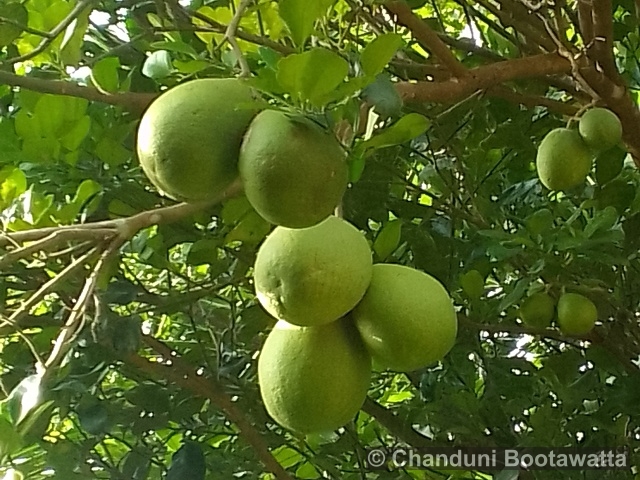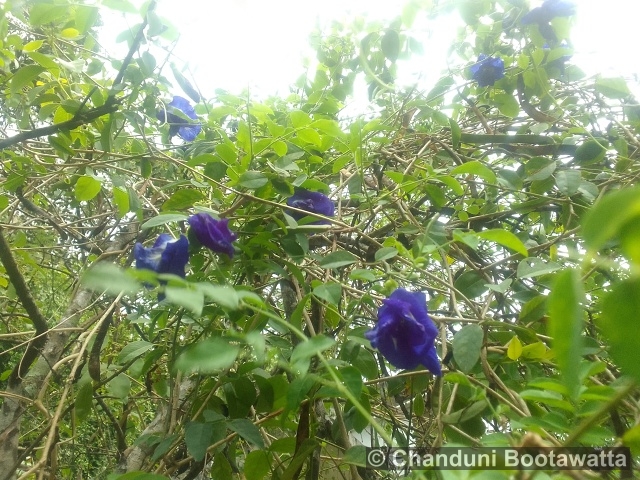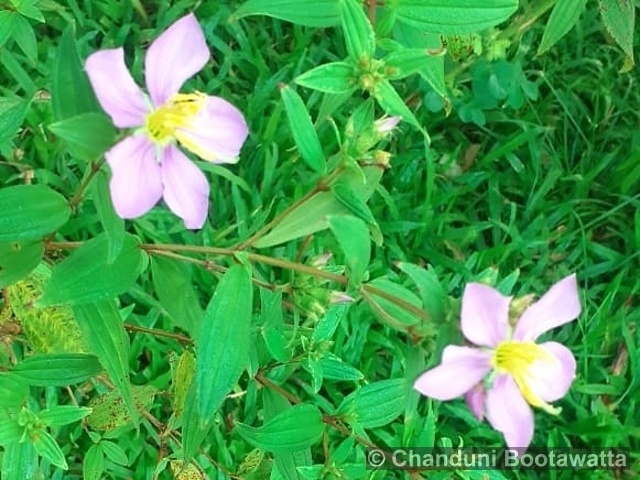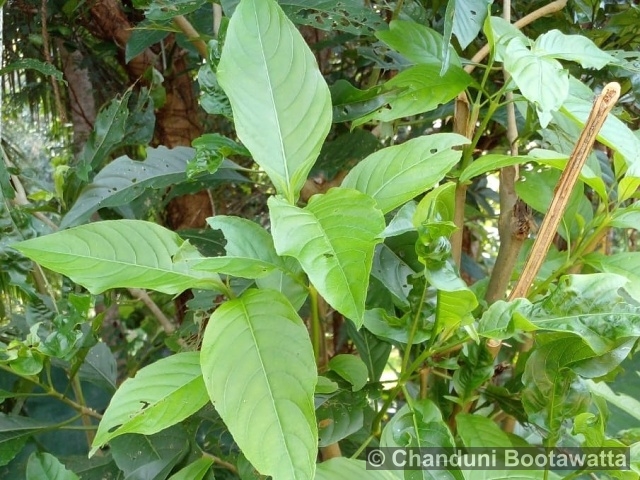Tento příspěvek byl přečten380krát!
Holy basil, Tulsi, හීන්මදුරුතලා, bazalka indická
Syn.: Ocimum sanctum L.
Family: Lamiaceae
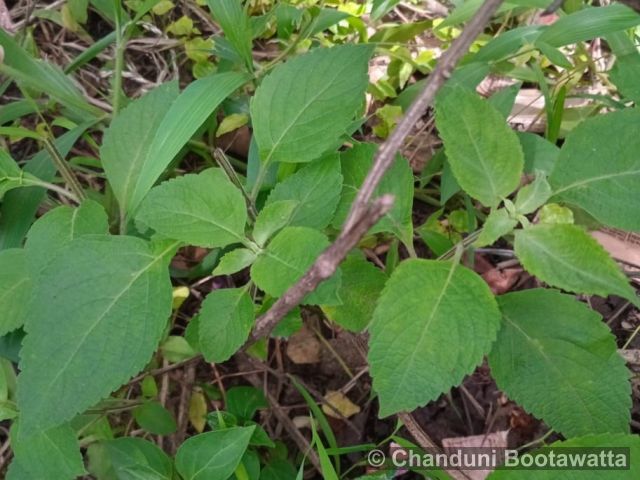
Description: The plant has oval-shaped, green or purple leaves with a slightly toothed margin and a strong aromatic fragrance. Its flowers are small, purple or white, and arranged in close whorls on elongated spikes. The fruit is a small, brownish nutlet, containing seeds that are often used for propagation. The stem is woody at the base and soft and hairy in the upper regions.

Substitutions – Ocimum basilicum (Sweet Basil): While primarily used in culinary applications, sweet basil shares some medicinal properties with holy basil, such as antimicrobial and anti-inflammatory effects. – Ocimum gratissimum (Clove Basil): Known for its strong clove-like aroma, clove basil is used in traditional medicine for its antimicrobial and antifungal properties, similar to holy basil. – Ocimum americanum (Hoary Basil): This species is used in traditional medicine for its calming effects and to treat various ailments like headaches and digestive issues, much like holy basil. – Ocimum kilimandscharicum (Camphor Basil): Known for its high camphor content, camphor basil is used in traditional remedies for respiratory issues and as an insect repellent, paralleling some of the uses of holy basil.
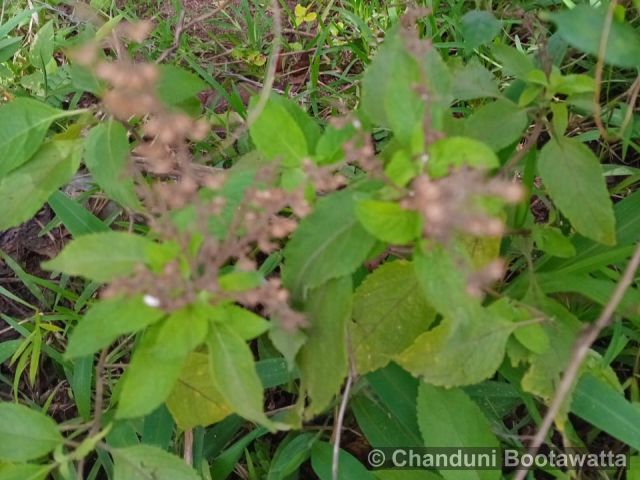
Ecology: Prefers warm, sunny environments and grows best in well-drained, loamy soil rich in organic matter. The plant thrives in slightly acidic to neutral soil (pH 6-7) and requires key nutrients like nitrogen, phosphorus, and potassium. Regular composting helps maintain soil fertility and supports healthy growth.

General distribution: Widely distributed across tropical and subtropical regions of Asia, particularly in Sri Lanka, India, where it is extensively cultivated and revered, but it is also grown in parts of Africa, Australia, and the Middle East.
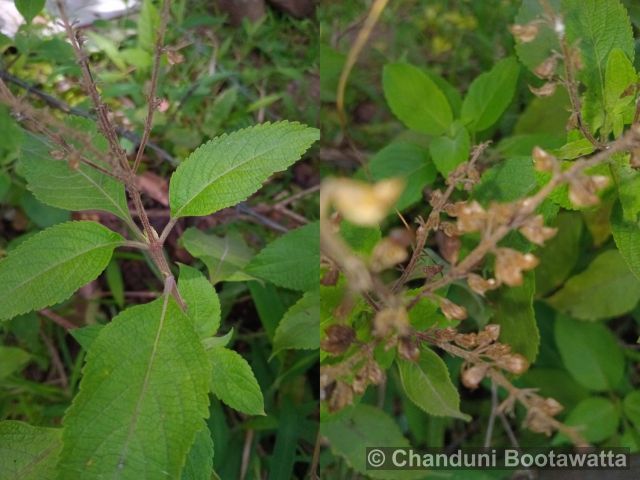
Use: Ocimum tenuiflorum is widely used in Ayurvedic medicine for its adaptogenic, anti-inflammatory, and antimicrobial properties.
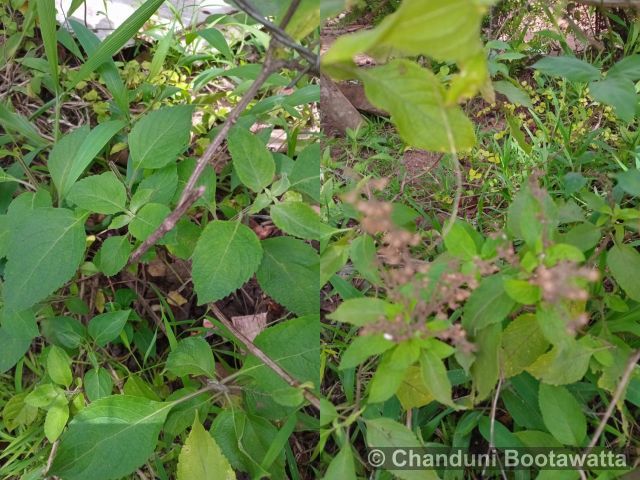
Author of text and photos: Chanduni Bootawatta.
Photographed in Matale, Sri Lanka on 20 August 2024.



 Poslat emailem
Poslat emailem